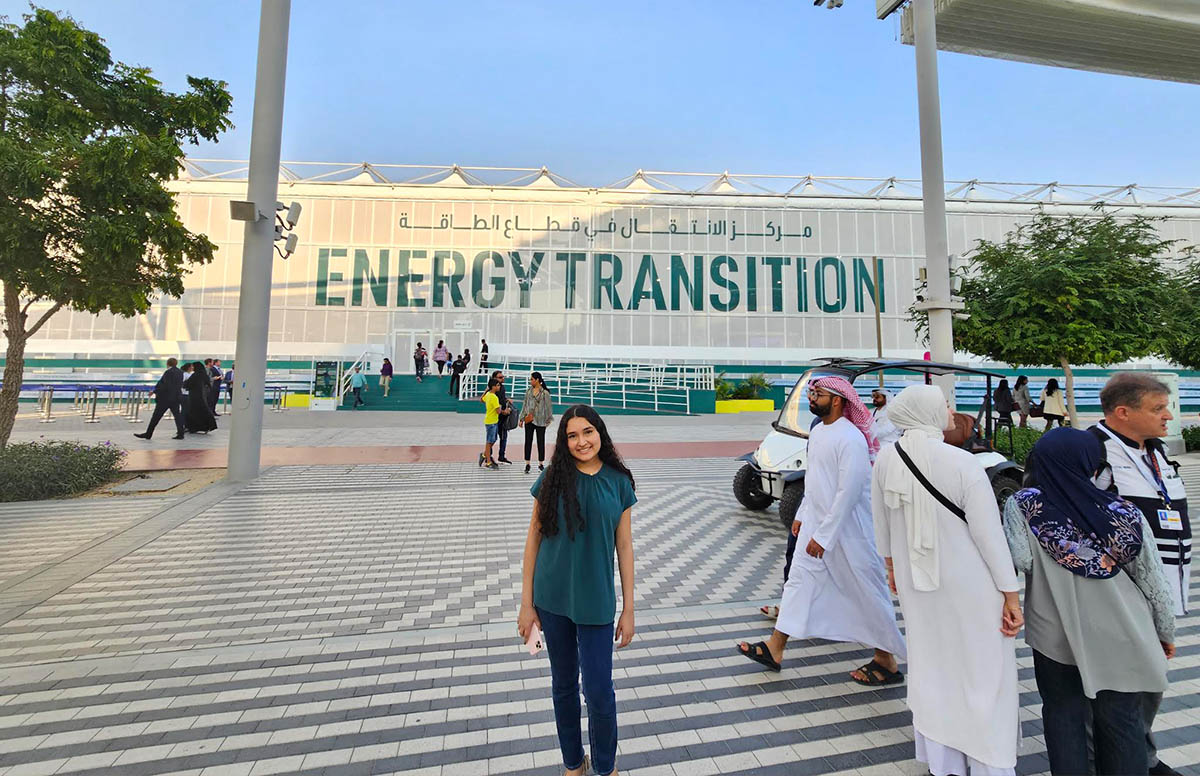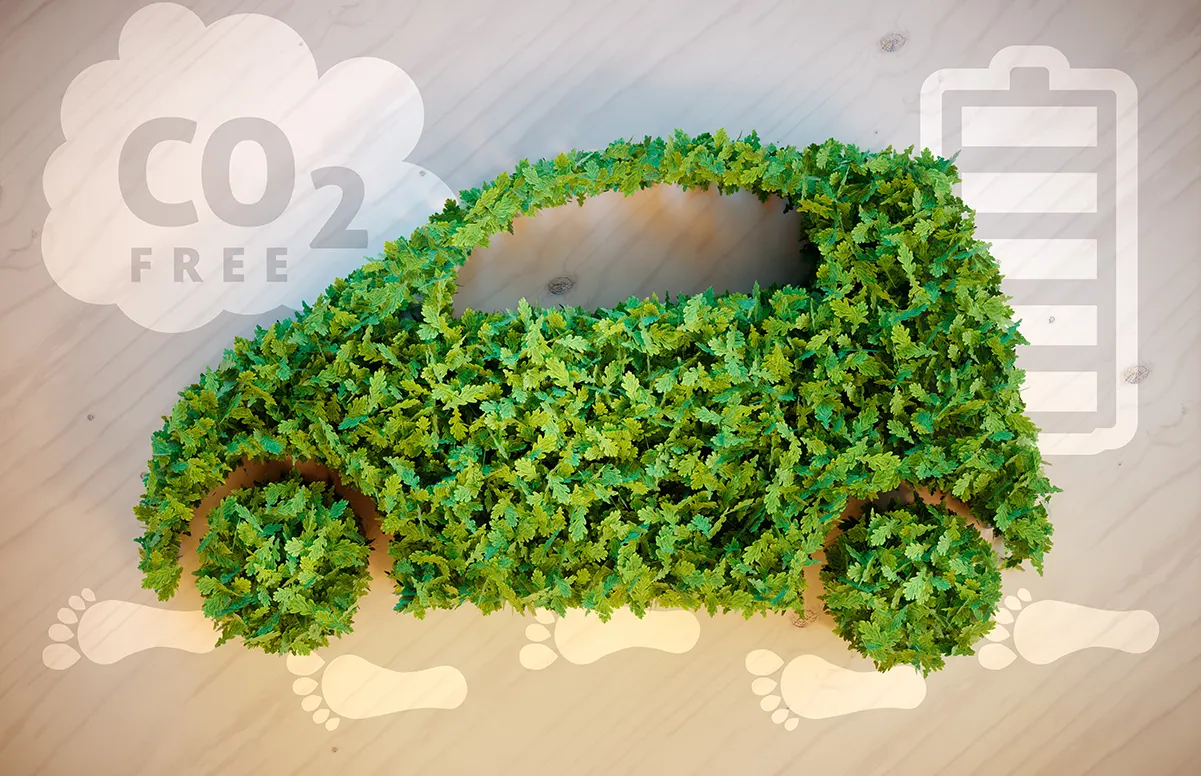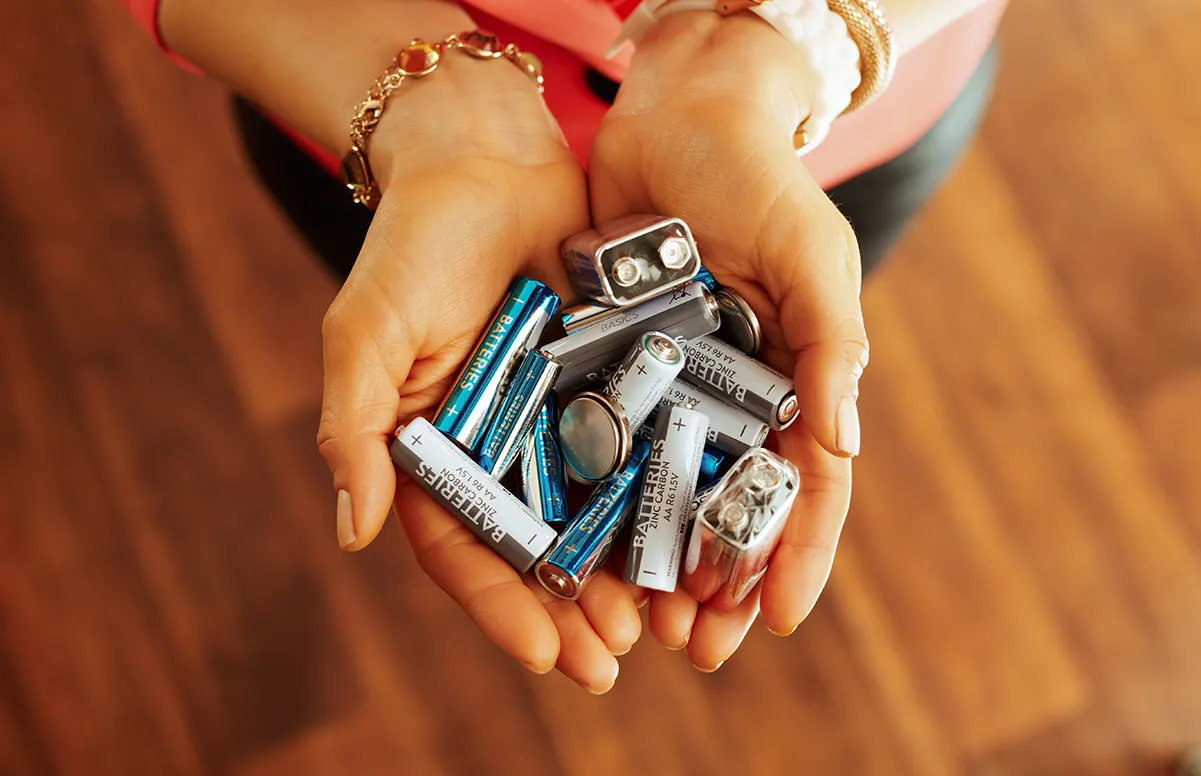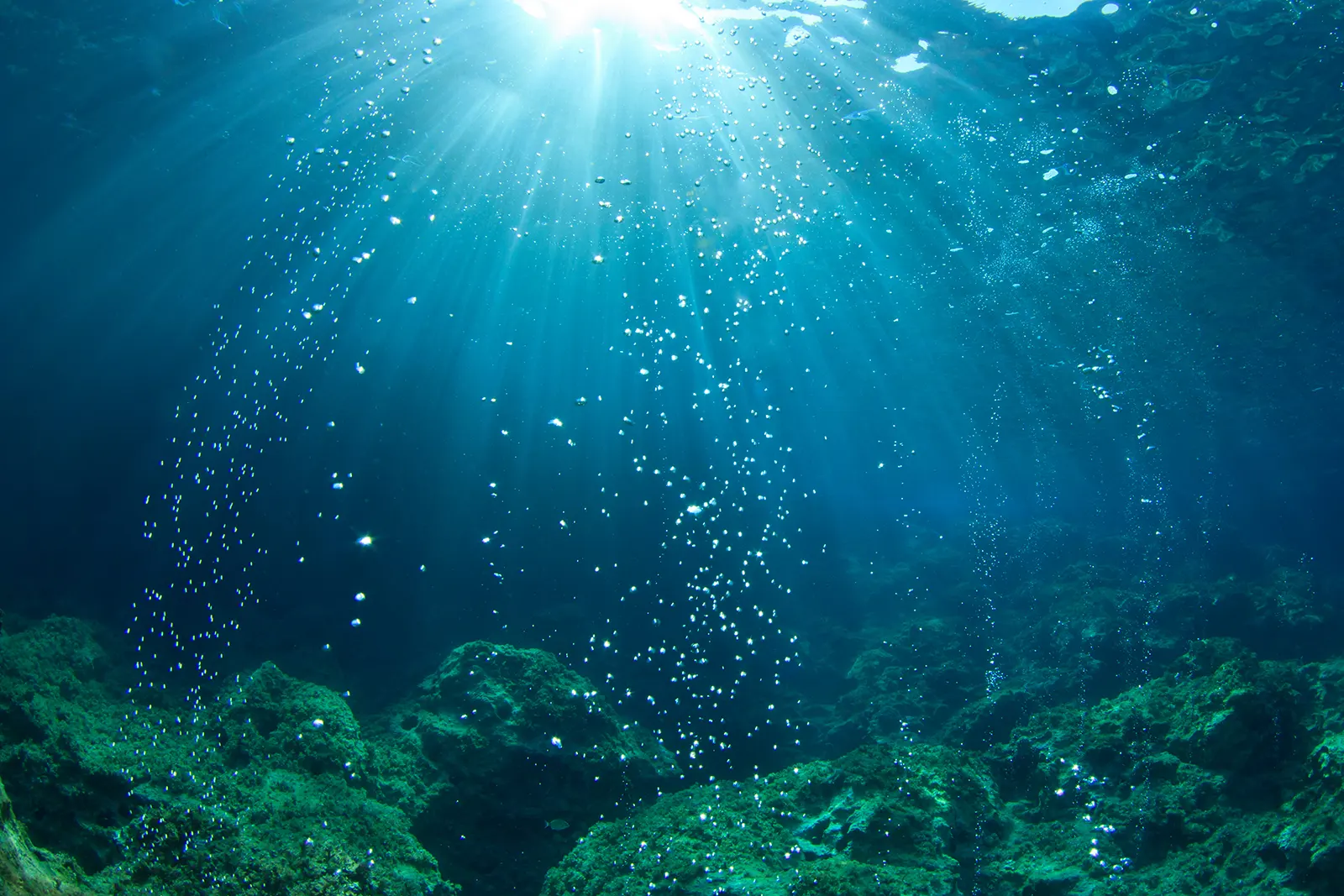Winds of Change in the UAE
UAE Launches Wind Power Program to Energize More than 23,000 Homes Annually
In a what’s a positive step towards UAE sustainability and reaching net-zero goals, the country has announced its bold plans to launch a large-scale wind program that will power over 23,00 homes a year.
Spanning across four locations, the 103.5-megawatt wind power project – run by renewable energy firm Masdar – will displace 120,000 tonnes of carbon dioxide.
During a ceremony on Sir Bani Yas Island, Sheikh Khaled bin Mohamed bin Zayed Al Nahyan, the Crown Prince of Abu Dhabi, inaugurated the UAE Wind Programme on behalf of UAE President His Highness Sheikh Mohamed bin Zayed Al Nahyan.
The landmark development comes ahead of the UAE’s hosting of the COP28 summit.
What does the UAE Wind Programme involve?
The UAE Wind Programme is the first time the Emirates has welcomed large-scale wind power into its energy production.
It features four wind farms with wind turbines in prime locations that have favourable wind conditions. The primary wind farm site will be at Abu Dhabi’s Bani Yas Island where a 45MW wind farm and 14MWp solar farm have been developed. The other three sites will be at Delma Island (27MW), Al Sila in Abu Dhabi (27MW) and Al Halah in Fujairah (4.5MW).
According to Masdar, displacing 120,000 tonnes of carbon dioxide is the equivalent of removing around 26,000 cars from the roads.
Why wind power works in the Emirates
Given the sun-strength of the region, opting for wind over solar might seem counterintuitive, but that is not the case.
The UAE’s coastal areas have wind conditions that make them suitable for wind energy production, along with a rare meteorological phenomenon that produces strong winds at night. Therefore, wind power will serve to perfectly complement the UAE’s current solar power generation, which takes place during the daytime.
Furthermore, in collaboration with PowerChina and GoldWind International, Masdar announced that the project’s wind turbines can efficiently harness low wind speeds on a large scale.
Until now, a lack of wind power innovation made it more difficult. This achievement has been made possible by advancements in materials science and aerodynamics, allowing for the utilization of wind power even in hot and humid conditions.
What is the UAE’s environmental and sustainability goals?
In terms of emissions reduction, the wider UAE Green Agenda plans to reduce the country’s emissions to less than 100 kilowatt-hours. On an Emirate level, Abu Dhabi’s Climate Change Strategy for 2023-2027 aims to reduce emissions by 30 million tonnes (22%) by 2027, from 135 million tonnes in 2016.
As part of the UAE Energy Strategy 2050, the UAE intends to invest up to Dh200 billion by 2030 to ensure energy demand is met while sustaining economic growth.
Positioning the UAE as a progressive and responsible global player in the fight against climate change, the pioneering UAE Wind Programme will contribute significantly to the country’s efforts to meet local and international climate goals by reducing emissions. Thus, diversifying the energy mix and advancing the UAE’s sustainability commitment to clean and green energy sources.
Winds of Change in the UAE
UAE Launches Wind Power Program to Energize More than 23,000 Homes Annually
In a what’s a positive step towards UAE sustainability and reaching net-zero goals, the country has announced its bold plans to launch a large-scale wind program that will power over 23,00 homes a year.
Spanning across four locations, the 103.5-megawatt wind power project – run by renewable energy firm Masdar – will displace 120,000 tonnes of carbon dioxide.
During a ceremony on Sir Bani Yas Island, Sheikh Khaled bin Mohamed bin Zayed Al Nahyan, the Crown Prince of Abu Dhabi, inaugurated the UAE Wind Programme on behalf of UAE President His Highness Sheikh Mohamed bin Zayed Al Nahyan.
The landmark development comes ahead of the UAE’s hosting of the COP28 summit.
What does the UAE Wind Programme involve?
The UAE Wind Programme is the first time the Emirates has welcomed large-scale wind power into its energy production.
It features four wind farms with wind turbines in prime locations that have favourable wind conditions. The primary wind farm site will be at Abu Dhabi’s Bani Yas Island where a 45MW wind farm and 14MWp solar farm have been developed. The other three sites will be at Delma Island (27MW), Al Sila in Abu Dhabi (27MW) and Al Halah in Fujairah (4.5MW).
According to Masdar, displacing 120,000 tonnes of carbon dioxide is the equivalent of removing around 26,000 cars from the roads.
Why wind power works in the Emirates
Given the sun-strength of the region, opting for wind over solar might seem counterintuitive, but that is not the case.
The UAE’s coastal areas have wind conditions that make them suitable for wind energy production, along with a rare meteorological phenomenon that produces strong winds at night. Therefore, wind power will serve to perfectly complement the UAE’s current solar power generation, which takes place during the daytime.
Furthermore, in collaboration with PowerChina and GoldWind International, Masdar announced that the project’s wind turbines can efficiently harness low wind speeds on a large scale.
Until now, a lack of wind power innovation made it more difficult. This achievement has been made possible by advancements in materials science and aerodynamics, allowing for the utilization of wind power even in hot and humid conditions.
What is the UAE’s environmental and sustainability goals?
In terms of emissions reduction, the wider UAE Green Agenda plans to reduce the country’s emissions to less than 100 kilowatt-hours. On an Emirate level, Abu Dhabi’s Climate Change Strategy for 2023-2027 aims to reduce emissions by 30 million tonnes (22%) by 2027, from 135 million tonnes in 2016.
As part of the UAE Energy Strategy 2050, the UAE intends to invest up to Dh200 billion by 2030 to ensure energy demand is met while sustaining economic growth.
Positioning the UAE as a progressive and responsible global player in the fight against climate change, the pioneering UAE Wind Programme will contribute significantly to the country’s efforts to meet local and international climate goals by reducing emissions. Thus, diversifying the energy mix and advancing the UAE’s sustainability commitment to clean and green energy sources.






